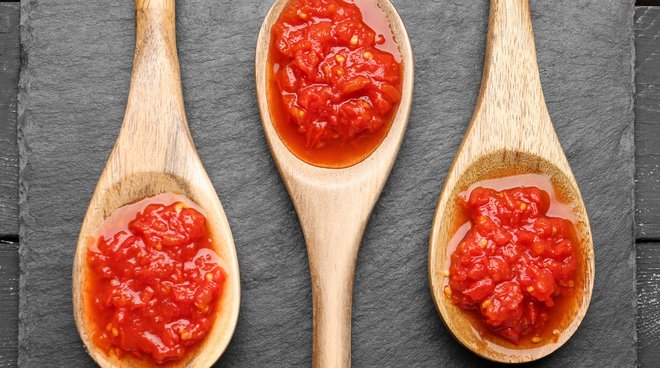Pulp, Passata and Related Products
OMEGA 3, WHERE, HOW AND WHY!
Omega 3s are part of the so-called “healthy fats”, essential fats that support brain function and many vital functions, preventing several diseases.

Omega 3s are part of the so-called “healthy fats”, essential fats that support brain function and many vital functions, preventing several diseases.
The most known properties of polyunsaturated fatty acids are: fighting aging and lowering cholesterol, or better, increasing “good” cholesterol levels also known as HDL (high density lipoprotein cholesterol) and lowering “bad” cholesterol also known as LDL (low density lipoprotein cholesterol).
More specifically, Omega 3s reduce the risk of arthritis, cardiovascular diseases, metabolic diseases and inflammatory diseases. In addition, they contain fatty acids - DHA and EPA – which are important because they aid the transmission of signals between the brain cells and the nervous system, as well as helping mental focus and the immune system.
Our body is unable to create them (it cannot self-produce them), thus, we have to get Omega 3s through our diet, in particular by eating fresh fish and in particular what is known as “fat fish”, approximately three times a week.
Vegetarians and Vegans
Vegetarians, vegans and those who do not eat fish can enrich their diet with seaweeds, nuts, beans, “muscolo di grano” [Tr. Note: an Italian alternative to Seitan], linseed oil, flaxseed, pumpkin seeds and soy.
The Scientific Society for Vegetarian Nutrition recommends one or two portions of these types of foods per day; in the case of nuts, for example, 30 grams (approx.. 1 oz.) are sufficient.
Ask for personalized recommendations to a Nutritionist!
Where you will find Omega 3s
> seaweeds, for example: nori, kombu, wakame, and spirulina
> crustaceans such as lobsters, shrimps and crabs
> nuts and oily seeds such as flaxseed and chia
> salmon and oily fish, such as anchovies, herrings, sardines, mackerel and tuna
> spinach and other dark green leafed vegetables
> fresh eggs
NEWS
ALSO IN FOOD TRENDS
Pulp, Passata and Related Products
The history of tomato sauce: Arab and Italian traditions
Tomato sauce is undoubtedly one of the most emblematic ingredients of Italian cuisine, but its history actually has its roots in much older cultures and traditions. This condiment, which today represents the essence of Mediterranean cuisine, has a past linked to both Arab and Italian traditions.
Pulp, Passata and Related Products
Spicy tomato sauce: how to make it at home with Pomì
Spicy tomato sauce is loved all over the world, as it is capable of giving life and character to any type of dish: from simple starters to meat dishes and, of course, Italian pasta recipes.
Pulp, Passata and Related Products
Tomato soup: a journey of taste through Italy
Tomato soup is more than just a dish: it is a real symbol of Italian cuisine.


